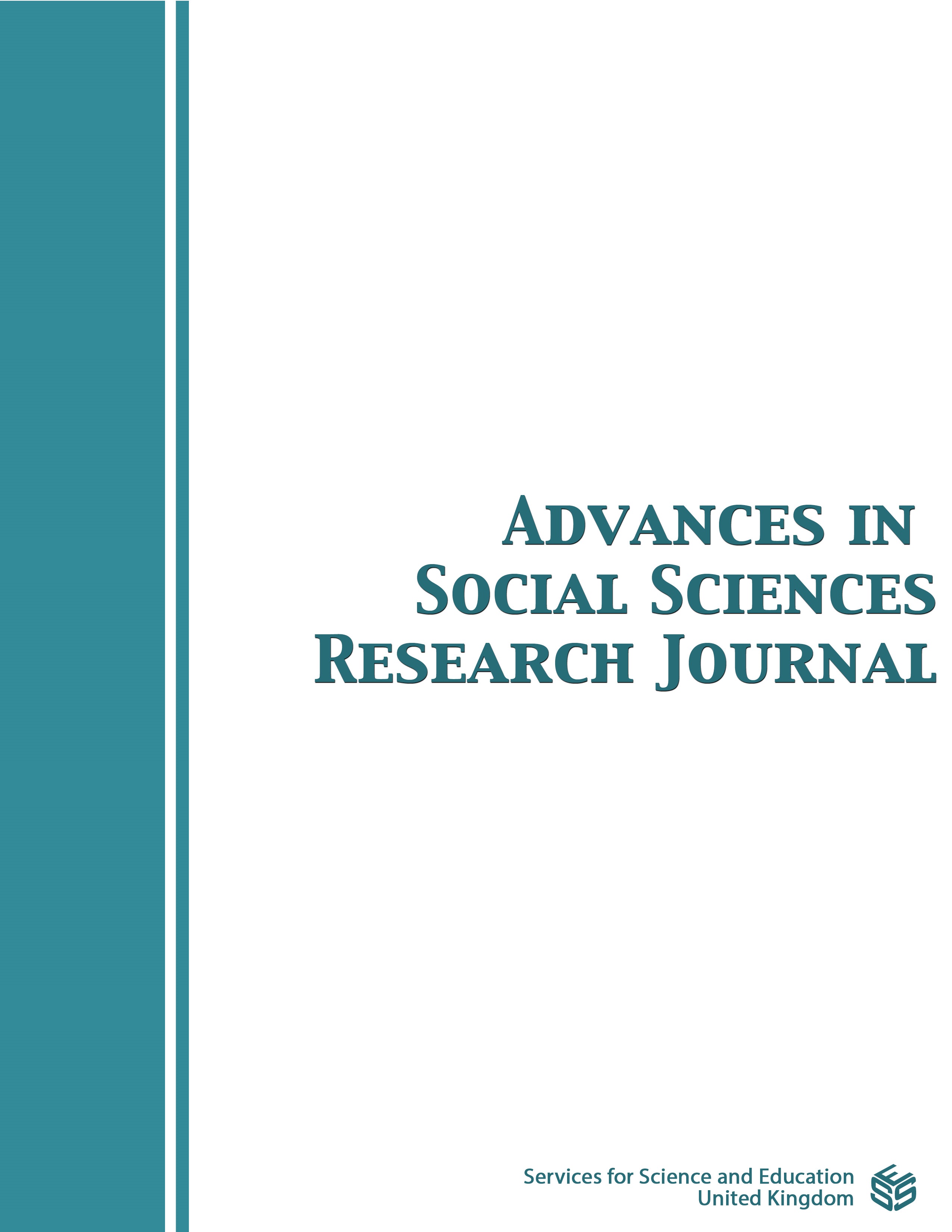An Exploration of the Link Between Civic Engagement and Community Development in Lusaka District Zambia
DOI:
https://doi.org/10.14738/assrj.108.15319Keywords:
Civic engagement, community development, democracy, National governanceAbstract
In a democratic nation like Zambia, Civic engagement is expected to improve the wellbeing of the people in the community. Given the expected outcome of Civic engagement, this article explored the link between Civic engagement and community development in Lusaka district, Zambia. The study rids on case study design to generate evidence on the link between civic engagement and community development. The objective of this article was to explore the link between civic engagement and community development. Data was generated from a total sample of 23 participants. Finding of this research were that civic engagement act as a reflection of citizen’s ownership of community development, interface in solving community problems and facilitator in preferential option for those in absolute poverty. Findings also revealed that civic engagement helps to strengthen national governance. Therefore, this article concludes that in order to make democracy a reality and meaningful, civic life should result into community transformation. The article recommends that there is need for Ministry of local government and rural development to enhance and create more structures were citizens can interface more often with civic leaders.
Downloads
Published
How to Cite
Issue
Section
License
Copyright (c) 2023 Adrian Matole, Lushinga Eliazer Kawila, Francis Simui, Gistered Muleya

This work is licensed under a Creative Commons Attribution 4.0 International License.
Authors wishing to include figures, tables, or text passages that have already been published elsewhere are required to obtain permission from the copyright owner(s) for both the print and online format and to include evidence that such permission has been granted when submitting their papers. Any material received without such evidence will be assumed to originate from the authors.






